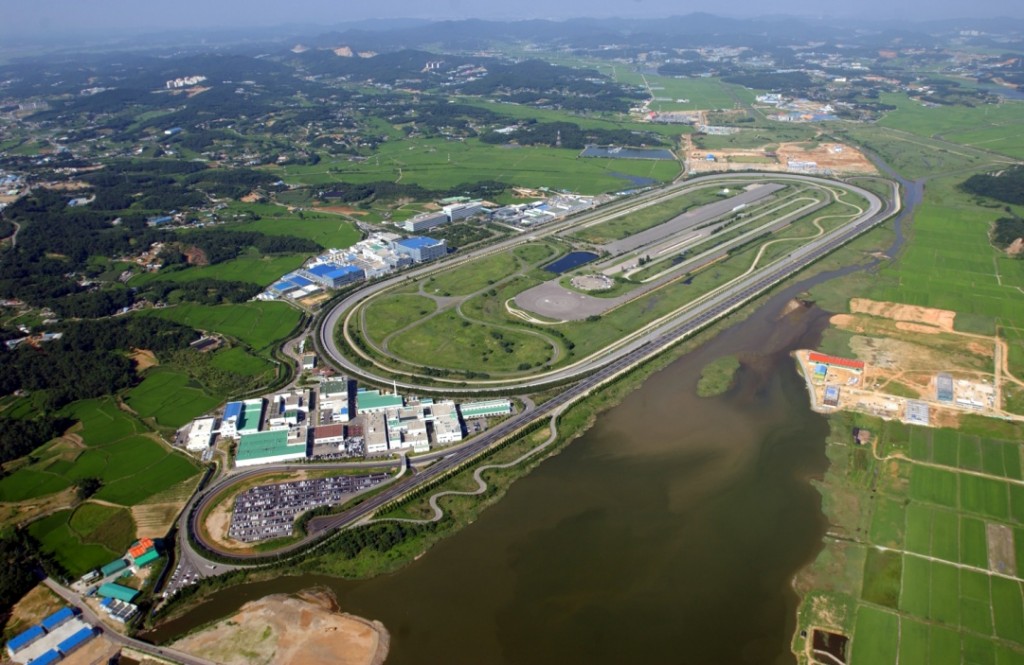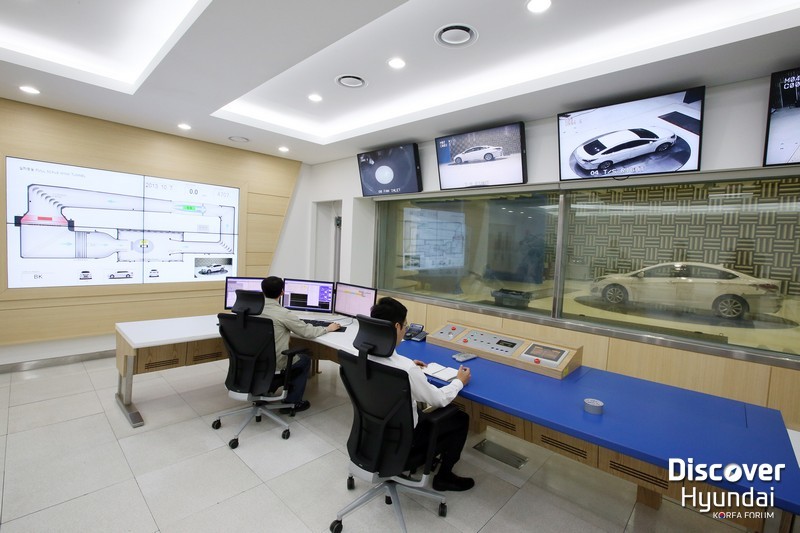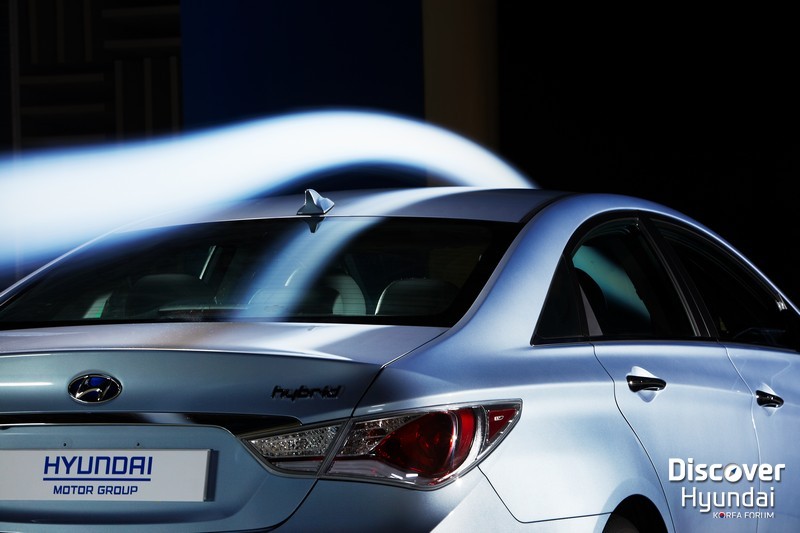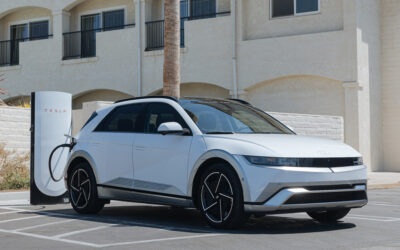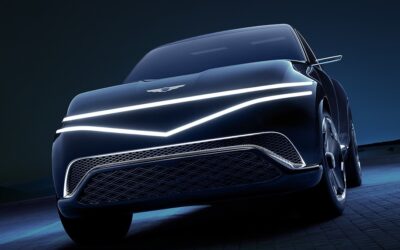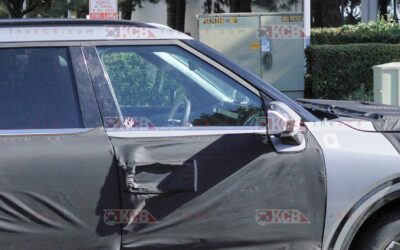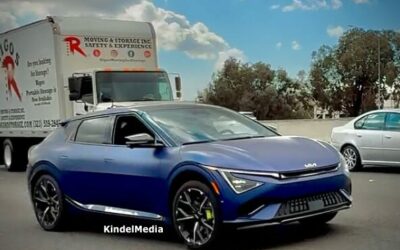Hyundai Motor Group Chairman Chung Mong-koo has stressed the importance of innovative designs and technology in order to become a leading global brand, and this indicates the direction in which the world’s fifth-largest automotive group is headed.
[ads id=”0″ style=”float:left;padding:9px;”]With this in mind, the group has upgraded its research and development facilities and design centers across the globe in recent years. Among them, Namyang R&D Center has played a leading role as a mecca in the development of new models.
The group has unveiled much-anticipated new models such as the all-new Genesis luxury sedan, the Sonata family sedan and the Soul EV to news media at the center ahead of their official launch, instead of simply holding a launch event at a luxury hotel.
The first impression about the center is its huge size. Reporters had to move between districts by bus and employees also use shuttle buses. Located approximately 40 kilometers southwest of Seoul, the center was constructed in 1993 on a lot of 3.47 million square meters reclaimed from the sea. The center started to play a key role in 2003 as Hyundai Motor’s Ulsan R&D center and Kia Motors’ Sohari R&D center were combined and moved into Namyang.
It consists of various districts, mainly for design and engineering, performance and drive-testing facilities and center for future automotive technologies, which have about 10,000 employees from engineers to designers.
The center is very strict with security, as it develops designs for new models and new technologies. All visitors are required to put stickers on the camera lenses on their mobile phones and cameras have to be handed in during tours. In fact, many new models under development were spotted carefully covered, some of which were obviously the next generation of the Sorento SUV and the K5.
[ads id=”0″ style=”float:left;padding:9px;”]New emphasis
One of the radical changes at the group seems to come from innovative designs, given the new looks of its latest models. The chairman recently urged greater focus on developing innovative designs to match the performance of vehicles. For example, Hyundai Motor has recently upgraded its original design concept and come up with the so-called “Fluidic Sculpture 2.0,” a term used to describe the bodywork of the automaker’s new models
It was first applied to the new Genesis, which made its debut in November, and also to the seventh-generation of the Sonata, which will be launched in South Korea on March 24. But in order to produce the best driving performance in upgrade looks, the center has performed a range of different tests on new models.
For example, when unveiling the new Sonata to news media on March 4, the company also conducted a demonstration of the wind tunnel in action at its wind tunnel chamber, whose construction cost 45 billion won in 1999.
“Through the test, we can enhance the aerodynamics and seek measures to reduce wind noises heard inside the vehicle at high speed,” said Kim Dong-bum, a senior research engineer at the Aerodynamic Development Team. “This chamber housing an enormous turbine can produce winds of up to 200 kilometers per hour.”
Another important aspect that the company has tried to improve in its new vehicles is safety by using more advanced high-strength steel. In fact, the firm has proudly announced that it has drastically increased the proportion of advanced high-strength steels in use for the new Genesis and the new Sonata, saying that it allows the vehicles to achieve better fuel economy, safety and driving stability.
“The reduced weight and enhanced strength from the high-strength steel will consume less fuel but enhance driving stability overall,” Vice President Hwang Chung-yul said. Combined with dual-stage airbag systems, the new Sonata is the safest sedan in its class, he added.
Confident of the upgraded safety features, the automaker also demonstrated a collision test at its crash test facility at the center after the news conference to unveil the Sonata. In the frontal-offset crash test, the new Sonata crashed into a solid concrete wall at 64 kilometers per hour. The front half of the car was damaged partially, and the dummy in the driver’s seat looked fine.
Officials proudly said the Sonata obtained “good” grades in a variety of different tests, while its competitors, such as the Toyota Camry and Volkswagen Passat, received “acceptable” or “poor” grades in some tests. “We focused on enhancing safety in a cabin room. We also increased safety of the new Sonata in a side-impact test,” said Yang Hee-won, director of vehicle structure design.

[ads id=”2″ style=”float:left;padding:9px;”]
Prepare for future
It was obvious that the company’s in-house technology prowess is the heart of the current success, but the ambition doesn’t seem to stop there. Now, it seems to aggressively prepare for the future in which they will lead the industry. The center has devoted a large portion of its resources to develop next-generation materials and future cars.
“As the world faces various environmental crises, global automakers have been fiercely competing in the development of green cars, which is critical for their survival now,” Lee Ki-sang, senior vice president at the ECO Technology Center, said, when unveiling the Soul EV on March 11. “Developing new green technology and eco-friendly materials, we will become a leading green car maker.”
Starting to develop its first all-electric vehicle in 1986, the automaker has produced a series of hybrid models, EVs and fuel cell electric vehicles (FCEVs). The Soul EV will be the first all-electric model for commercial sales in Korea, available in April, and also in the U.S. in the third quarter. Apart from EVs, Hyundai has also focused on the development of FCEVs, as the automaker is the first in the world to begin commercial production of a FCEV.
It recently introduced the automaker’s Tucson hydrogen fuel-cell crossover at the L.A. Auto Show. It plans to sell the first mass-market hydrogen-powered car in the U.S. in February. After recent tours at the center, it became clear that the group’s efforts to create more exclusive images for its brand could bear fruit in the near future, successfully shifting from its value-for-money image. Simply speaking, it will also be exciting to see what will come next.

